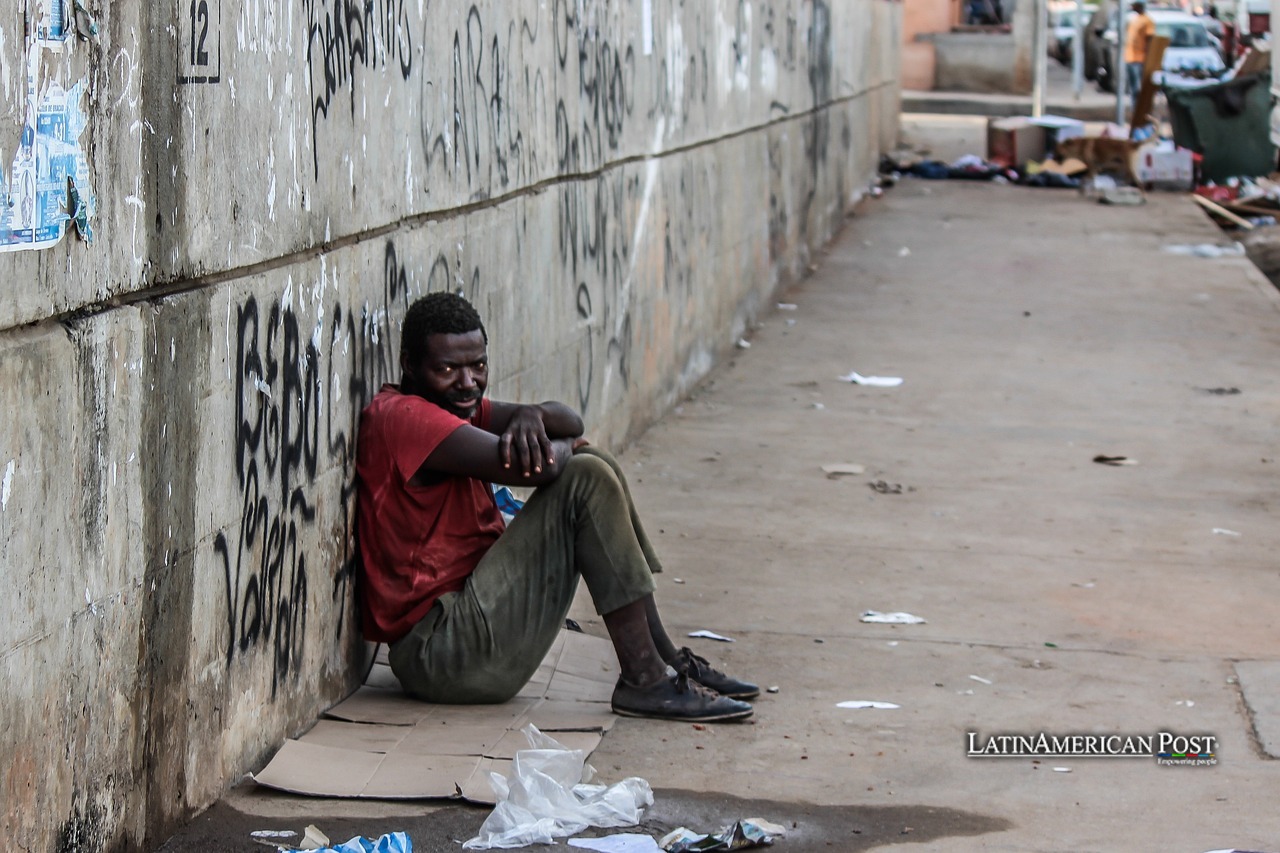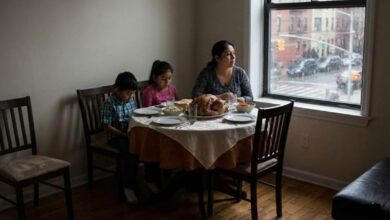Reimagining Poverty Eradication in the Dominican Republic Using a Multidimensional Approach

Despite progress in poverty reduction, the United Nations Development Programme (UNDP) has warned that inequality gaps remain in the Dominican Republic. The UNDP calls for reimagining strategies to tackle poverty, focusing on income and multidimensional solutions.
Persistent Inequality Gaps in the Dominican Republic
The Dominican Republic has made notable strides in reducing poverty, yet significant inequality gaps remain across the country. This is a stark warning from the United Nations Development Programme (UNDP), which recently published a report highlighting the need for continued efforts to address the country’s poverty issues.
Ana María Díaz, the UNDP’s resident representative in the Dominican Republic, acknowledged that “advances in human development are irrefutable” but pointed out that “structural inequalities persist, particularly in the country’s most underserved regions.” According to the UNDP, around 13% of Dominicans lived in multidimensional poverty in 2022, a significant improvement compared to the 32% recorded in 2010. Despite this progress, the inequality between different regions has led the country to lose 22% of its potential human development over the past 13 years.
The problem, as the UNDP identified, lies in the uneven distribution of resources and opportunities across different areas of the country. While urban centers may experience better economic conditions and access to services, rural areas, especially those most geographically isolated, struggle with poverty and a lack of infrastructure. This uneven distribution limits the country’s overall potential for growth and development, necessitating a new approach to tackling poverty.
Multidimensional Poverty Means More Than Just Income
One of the key points emphasized by the UNDP is the importance of addressing poverty from a multidimensional perspective rather than solely focusing on income levels. Multidimensional poverty considers factors such as access to education, healthcare, housing, and opportunities for personal and professional development—elements beyond the simple measure of household income.
Díaz states, “Reimagining poverty eradication strategies requires looking at the broader picture of human development, not just income. We must address the underlying issues preventing people from reaching their full potential.” She emphasized that certain regions’ lack of opportunities and services majorly contributes to the persistent inequality gaps.
In the Dominican Republic, multidimensional poverty accurately represents the challenges facing the population, particularly in rural and underserved regions. For instance, many communities face limited access to essential services such as healthcare and education, while others struggle with inadequate infrastructure, which hampers economic growth. These challenges and income inequality must be addressed if the country is to make significant progress in eradicating poverty.
The UNDP’s Multidimensional Poverty Index (MPI), developed in partnership with the Oxford Poverty and Human Development Initiative, provides a comprehensive tool for analyzing these factors. By considering not just income but also education, living standards, and access to services, the MPI offers a clearer picture of where interventions are most needed and how to tailor policies to specific regions.
Innovative Public Policies for Sustainable Progress
In response to these challenges, the UNDP advocates for innovative public policies based on solid evidence and tailored to the unique needs of each region. As Díaz points out, “We must continually reimagine new strategies for eradicating poverty, not just from an income perspective but through a multidimensional lens.” This means focusing on policies addressing the structural barriers to development, such as inadequate infrastructure, lack of education, and limited healthcare services.
The Dominican Republic has made progress in reducing monetary poverty, with the Ministry of Economy, Planning, and Development reporting a 4.45 percent drop in poverty between 2023 and 2024. However, these figures alone do not capture the whole picture. According to the UNDP, addressing multidimensional poverty requires a broader approach that includes improving living conditions, increasing access to education and healthcare, and promoting economic development in underserved areas.
Innovative policies could include targeted investments in education and vocational training, particularly in rural areas with limited access to quality education. Additionally, public health initiatives that provide better access to healthcare services in isolated regions could significantly improve the well-being of vulnerable populations. Infrastructure development is another critical area, as improving transportation, communication, and utilities in remote areas can help boost local economies and create new opportunities for residents.
The UNDP’s report also calls for strengthening local governance and promoting policies that build resilience against natural disasters, disproportionately affecting the country’s poorest regions. By focusing on sustainability and resilience, public policies can help ensure that poverty reduction efforts are not only successful in the short term but also sustainable in the long term.
Addressing Regional and Gender Inequalities
While the Dominican Republic has made strides in reducing poverty, the road ahead requires addressing deep-seated regional and gender inequalities. The UNDP’s analysis of the Multidimensional Poverty Index reveals stark differences in poverty levels between various regions, with rural areas lagging behind urban centers. These regional disparities pose a significant challenge to the country’s overall development and must be addressed if progress is to be inclusive and sustainable.
One key area of focus moving forward is addressing the specific needs of women, who often face unique challenges in escaping poverty. The UNDP’s report emphasizes the importance of tailoring policies to meet the needs of women, particularly those living in rural areas. Women are often disproportionately affected by poverty due to limited access to education, employment, and healthcare. By designing policies targeting women’s needs, the Dominican Republic can significantly reduce inequality and promote gender equity.
Additionally, the report highlights the need for policies that strengthen the local capacity to manage and mitigate the impact of natural disasters. The Dominican Republic is particularly vulnerable to hurricanes, floods, and other natural disasters, which tend to hit poorer regions the hardest. Building resilience through disaster preparedness and sustainable livelihoods will protect vulnerable communities and ensure that future disasters do not undo poverty reduction efforts.
Ultimately, the UNDP’s message is clear: addressing poverty in the Dominican Republic requires a holistic, multidimensional approach beyond income. By reimagining strategies for poverty eradication and implementing innovative public policies, the country can work toward building a more inclusive, equitable, and sustainable future for all its citizens.
Also read: Ecuador Secures $150 Million Loan to Combat Crime and Strengthen Security
While the Dominican Republic has significantly reduced poverty, much work remains to be done to address the persistent inequality gaps that continue to affect the country. By adopting a multidimensional approach to poverty eradication, focusing on improving education, healthcare, and infrastructure and addressing the specific needs of women and vulnerable communities, the Dominican Republic can take meaningful steps toward achieving sustainable development. The UNDP’s call for innovative public policies is a reminder that the fight against poverty is not just about raising incomes but creating a society where all people can reach their full potential.




